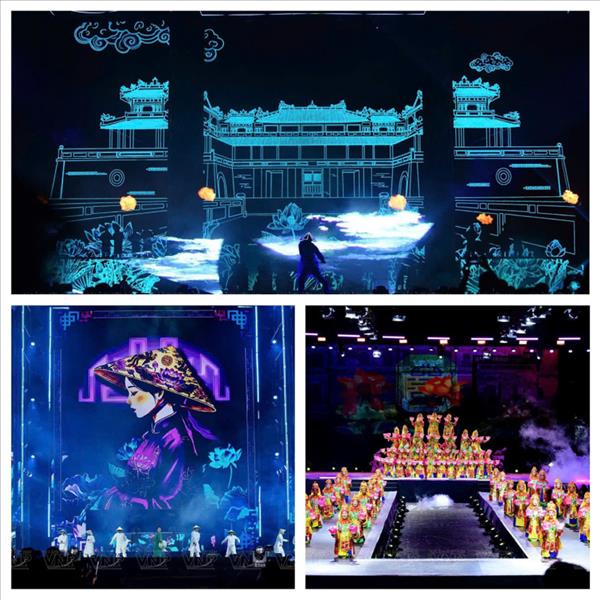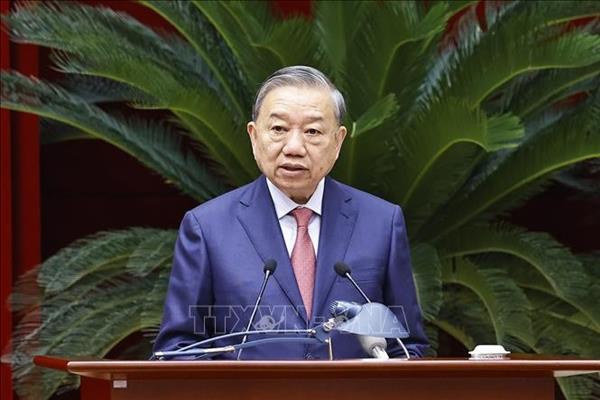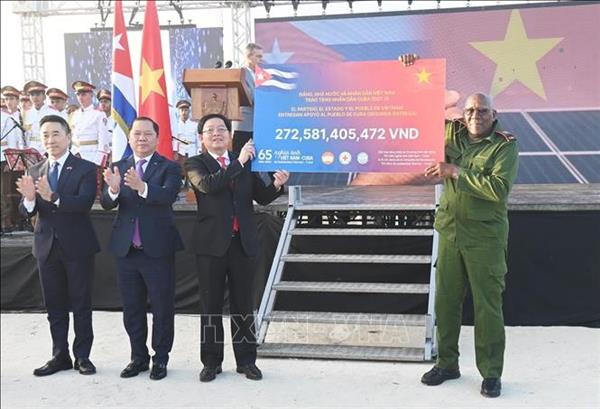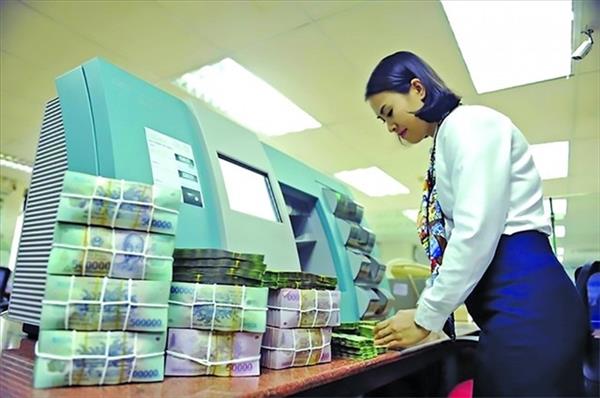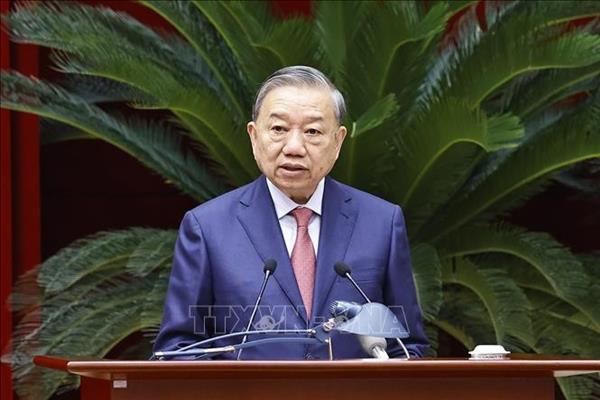At the camps, artists and students get the chance to learn the concepts and techniques of “truc chi” paper making and to create their own art works.
Artist Phan Hai Bang, who is a lecturer at Hue University of Arts and invented the “truc chi” process, said the biggest aim of “truc chi” artists “is to make the paper a symbolic type of paper for Vietnam, just like washi in Japan and hanji in the Republic of Korea.”
Bang said the camps in Hue are part of a long-term plan to make the paper popular among domestic artists and art institutions around the country.
One camp is being held in the “truc chi” Workshop located behind the former Imperial Palace in Hue, accommodating artists who are already established in their careers. Another camp is organised for art and architecture students at the Hue University of Arts.
Architecture students are included as the paper suits architectural needs. It can serve as a new material for walls and as luxurious home decoration items, according to Ngo Dinh Bao Vi, head of the “truc chi” Workshop.
At the camps, which began on December 10, artists are creating work with the paper. An exhibition will be held on December 25 in the city for showcasing the work. At the camps, the organisers have prepared pulps of different plants, including bamboo, paper mulberry and banana trees, and the necessary tools for the artists to create.
Veteran painter Cong Tang Ton Nu Tuyet Mai, who is a retired painting lecturer at Hue University of Arts and a camp attendee, said the paper is fascinating her. “With my ling career, I had chance to work on different materials, from silk, stone and bronze to pottery. I find this [type of paper] is easy to access and work on,” she said.
Artist Bang initiated the making of “truc chi” paper while he was studying in Thailand. The making of “truc chi” uses pulp of bamboo or other plants and techniques that resembled the initial steps of making the Vietnamese paper do.
Later, the artists spray to create graphic patterns on the sheet and dry it to complete the art work. The paper has become the raw material for many other artistic and daily-use products, like lanterns, wallets, candle boxes, handbags, wall paintings and table calendars.
Visitors are all welcome to visit the camp at No 5 Thach Han Street for free. There, they can talk to the inventor, view the artwork and create their own products to bring home.
VNA/VNP

